Maraya: A Massive Mirrored Concert Hall in the Saudi Arabia Desert
With its dramatic ruddy sandstone peaks rising to greet the deep blue sky, it’s no surprise that the stunning natural landscape of Saudi Arabia’s Mada’in Salih has inspired architectural tributes for millennia. Between the fouth century B.C.E. and the first century C.E., it was the Nabataeneans — an ancient Arab people best known for the incredible structures they built in present-day Petra, Jordan — who carved awe-inspiring tombs into the golden Quweira sandstone. Today, architects honor that history with a thoroughly modern project of their own.
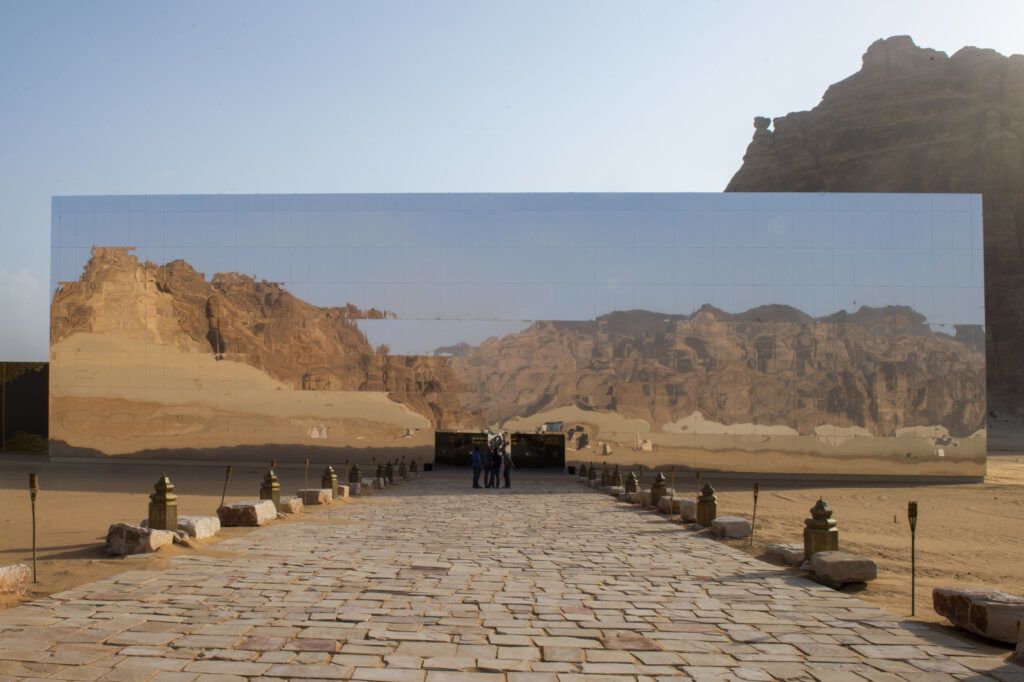
At first glance, you might not even see them, as the new buildings are almost perfectly camouflaged into their environment. Named “Maraya,” which means “reflection” or “mirror” in Arabic, the reflective cultural center celebrates this UNESCO World Heritage Site by ensuring that the natural setting will never be overshadowed by new construction.
Designed by Gió Forma Studio Associato, an architecture firm based in Milan, Maraya combines architecture and land art in its immersive theater, interactive exhibition space, and kinetic art by Leva-Todo. It’s located 22 kilometers (about 13.6 miles) from the popular cultural sites of Al’Ula, a 2,000-year-old ghost town made of stone and mud that draws in many thousands of tourists per year. Unfortunately, Al’Ula is steadily succumbing to the ravages of time, and the old city may not last much longer.

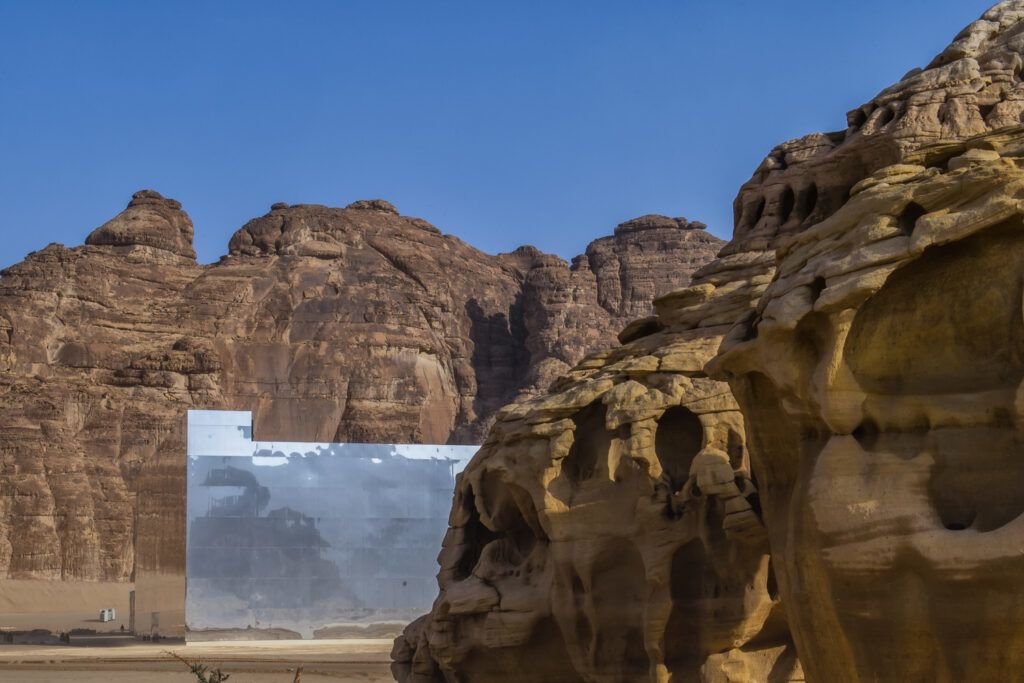

Maraya offers a new destination for the region, wrapped in a mirrored facade and looking very much like a mirage as you first approach. The concert hall makes use of both modern and vernacular materials, with a rustic stone torch-lined path leading to the main entrance. All around the reflective venue, similarly mirrored pillars rise from the desert sand.
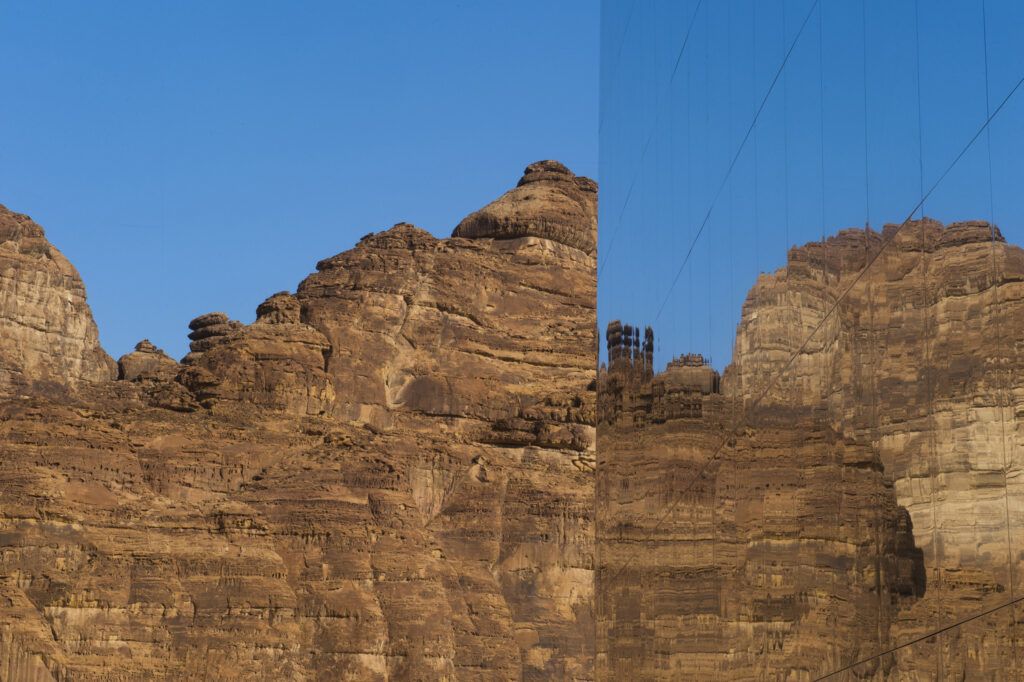

“The ‘maraya,’ a giant mirror cube, is a site specific ‘object-architecture,’ an experience that makes us reflect on the incomparable spectacle of the geological epic, the radial abstraction of the surroundings and the singular incursions of man into the landscape,” say the architects. “The mirror cube will highlight the surroundings instead of competing with nature. Unique in its genre, this landscape itself becomes an exhibition space.”
“The ‘maraya’ is inaugurated with the ‘Winter at Tantora,’ a unique show that features big names of international culture on a performing stage carved into the sand and inserted in a video art installation of the Bonsaininja studio showing the visual bond between heritage and future, processing the cultural sites of Al-Ula through 3D and cinematic techniques to highlight and enhance the richness and magic of this scenic unique area.”

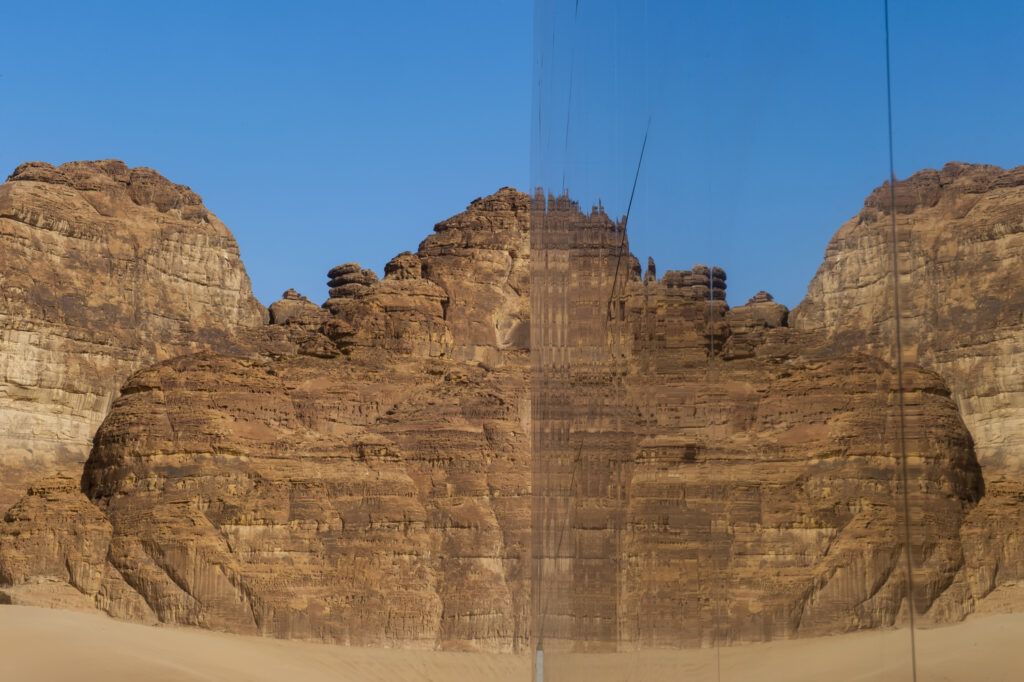
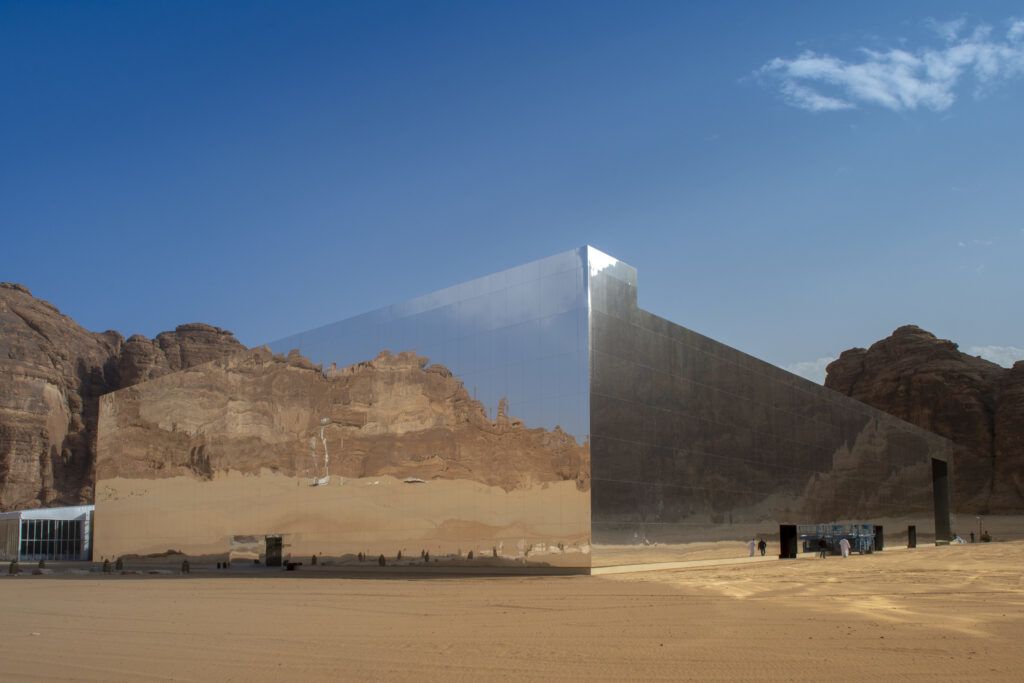
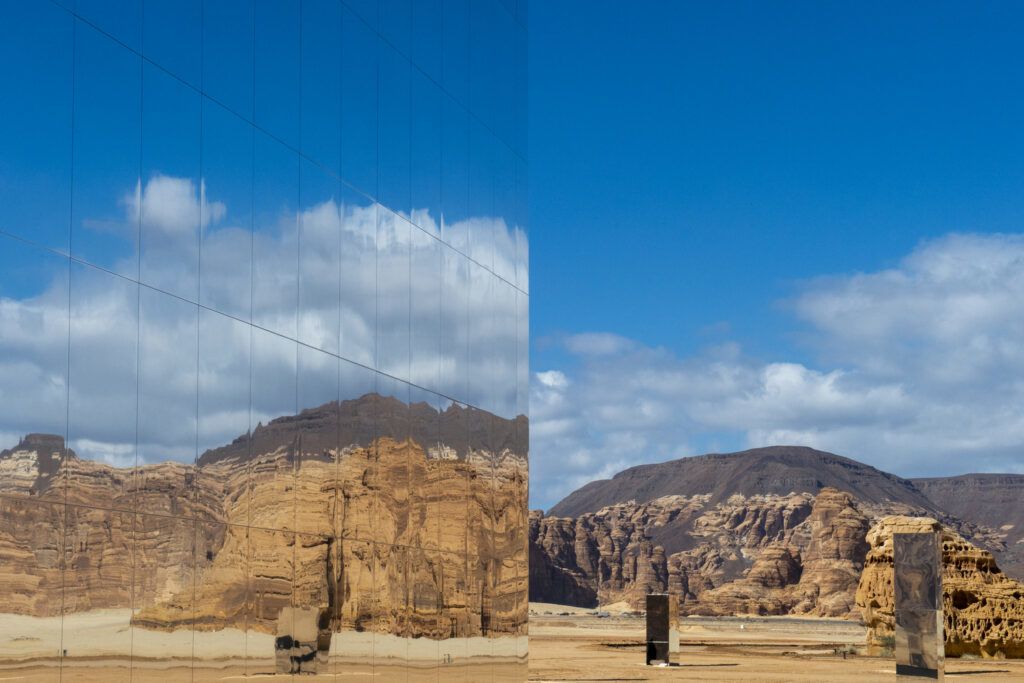
From some angles, the new concert hall almost disappears altogether, leaving plenty of visual and physical space for the setting it aims to honor. From others, it glimmers just enough to be intriguing. The creators say the new structure “respects, reflects, and reveals” the beauty of the destination.
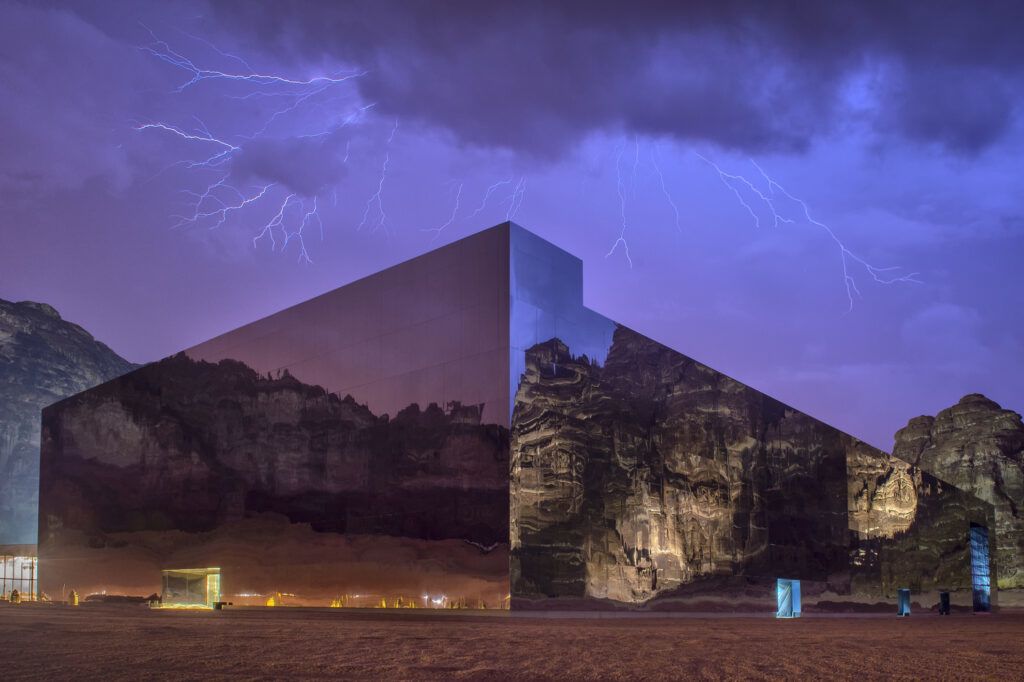
The result is nothing short of magical, and a beautiful example of how modern development can enhance existing natural or historical sites instead of replacing them, damaging them, or rendering them unrecognizable.
All photos by Dhafer Alshehri




